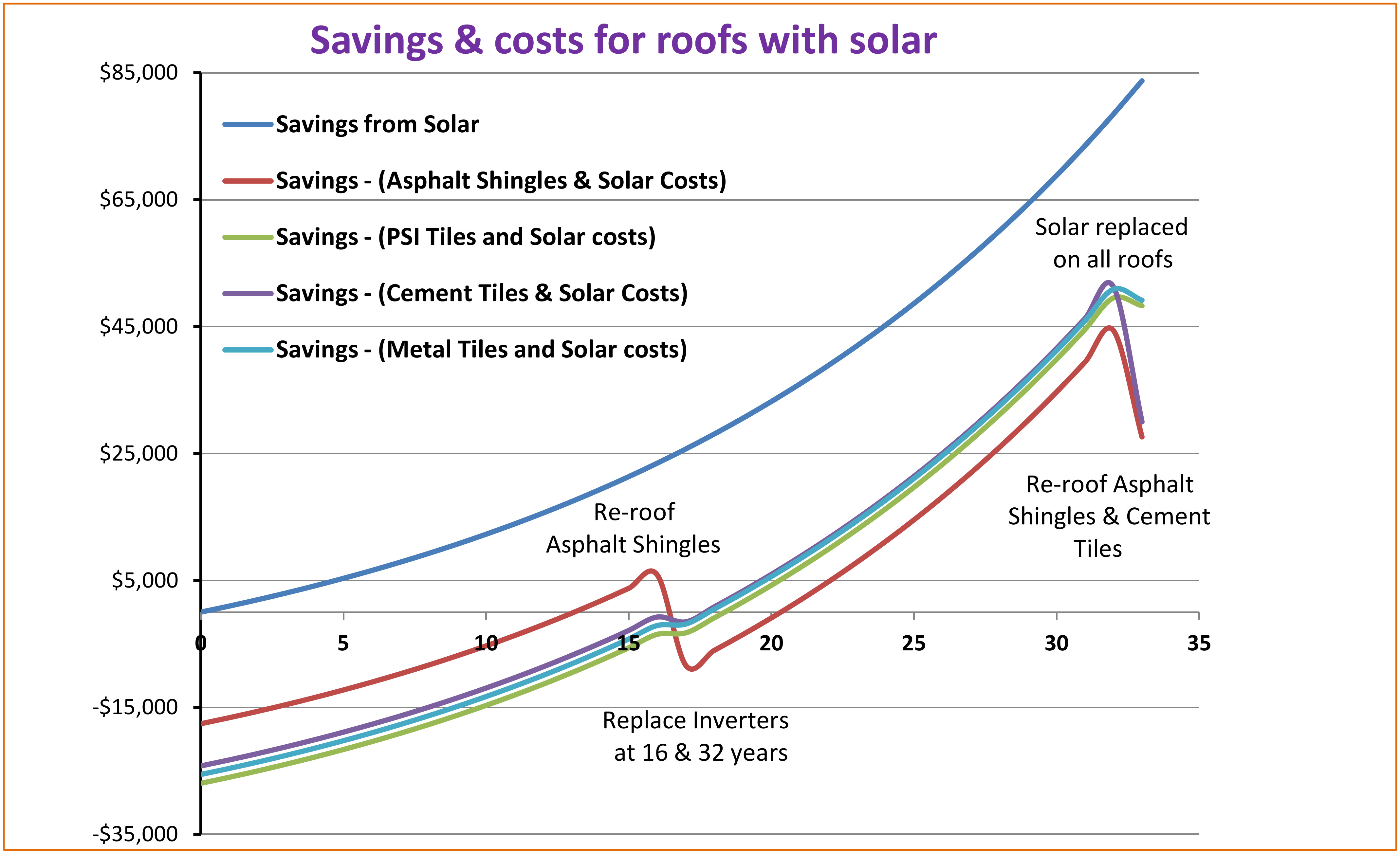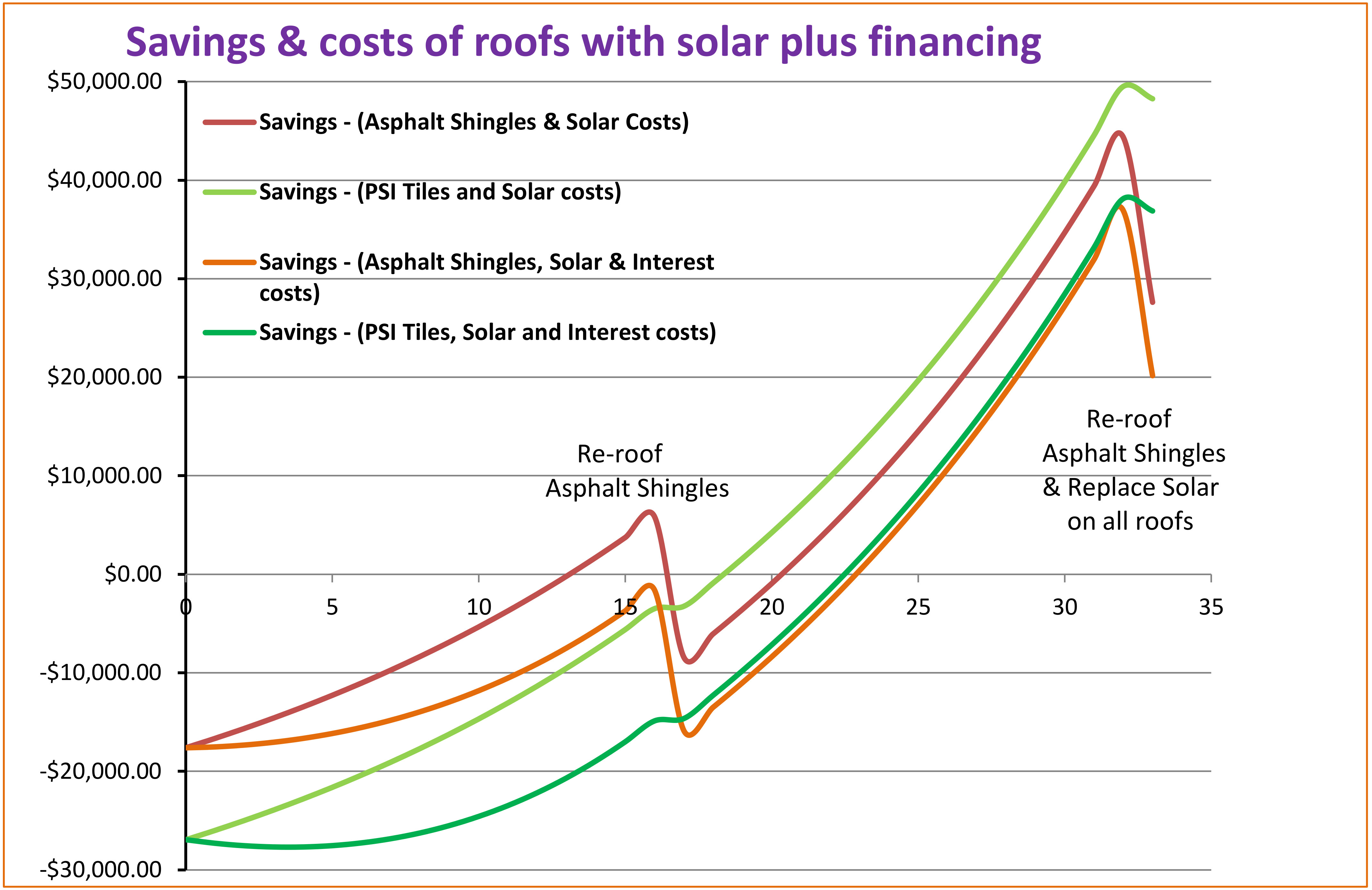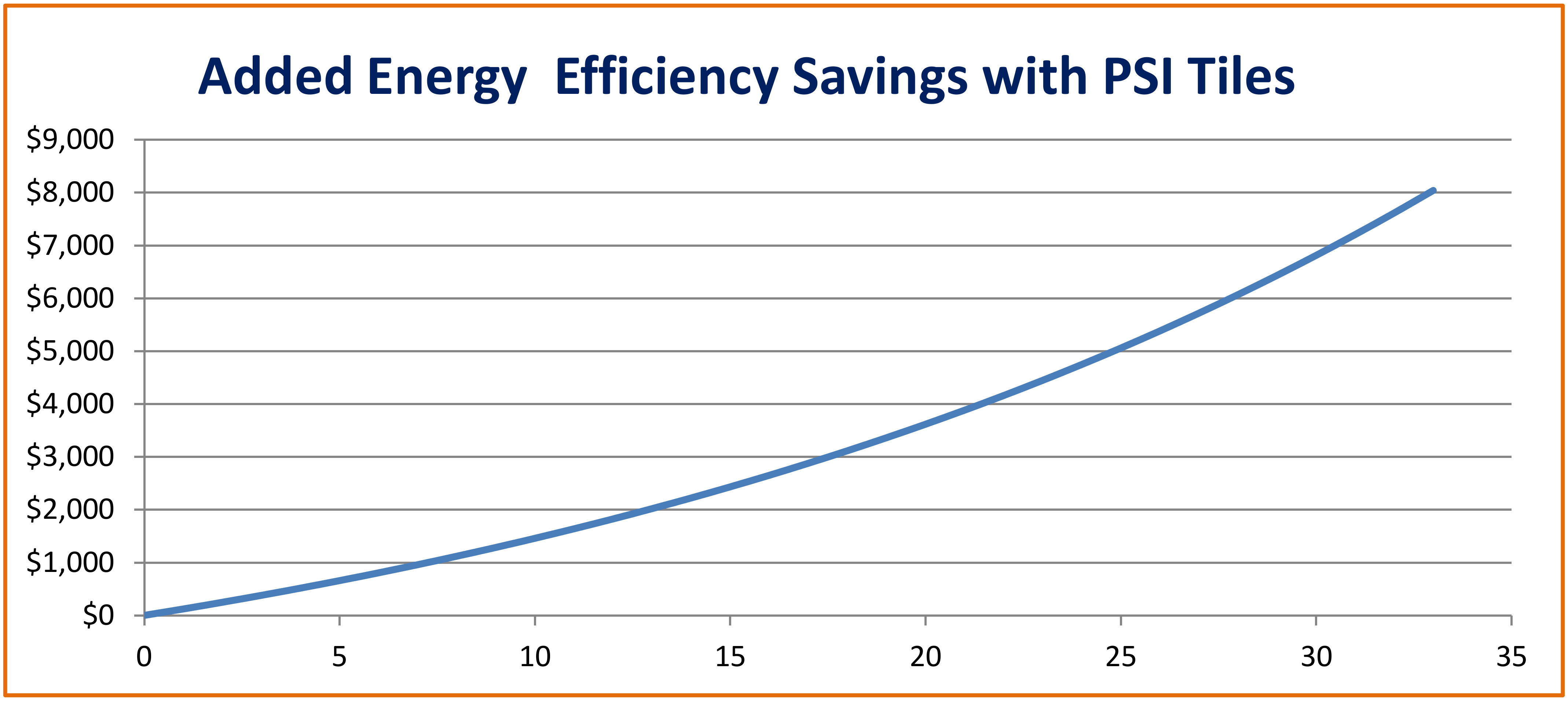For most people, the home is a significant investment in terms of money, time and effort. When a new roof is needed, evaluating the available choices of roofs, along with the possible solar options, are important for getting the most out of the money to be spent.
Looking at the various roof types life expectancy, impact on energy bills, and the effect on resale value over time, all help in making an informed decision. Adding solar to the roof affects how the home looks and can provide financial returns over time that can pay for the roof and solar.
Graph A
Metal roofs, lasting 50 years and more, have a lower life cycle cost than asphalt shingle roofs, which last around 16-18 years. Potential buyers can see where the roof is at in its life expectancy and will adjust their offers accordingly. The graph above shows solar savings and solar savings offset by the cost of solar and the various roofs. Solar and the cement tiles are replaced at 32 years and asphalt shingle roofs are replaced at 16 and 32 years. In the graph below, Power Shield, Inc. (PSI) metal roof tiles with integrated solar (BIPV) are compared with asphalt shingle roofs with solar, both types compared with a cash purchase versus financed.
A 1,750 Square Feet (163 SqMtr) house with 2,100 Square Feet (195 SqMtr) of roof area and 3,000 watts max of installed solar was used for the calculations used in the graphs. The average electric rate is $.21/KWhr initially, with annual increases of 6% used in the analysis. The solar panels have 77% of max power available over an average 5.5 hrs of sunlight per day. The solar panels are calculated to lose 2.5% output the first year and 0.5% thereafter. The 30% US investment Tax Credit was applied to the initial costs in the calculations. The finance rate is 5% annually for 15 years for the graph below, with only the initial installation financed (re-roofing, maintenance, new inverters and new solar all considered on a cash basis).
Graph B
The roof type has a major impact on the amount of unwanted hot or cold energy being absorbed into the home or building. Asphalt shingle roofs directly conduct heat into and out of the roof deck and attic, which increases the air conditioning and heating loads versus a roof with above deck ventilation. Some roof types, such as metal, ceramic and cement tiles can be installed so hot air is ventilated away from the building through a chimney effect of heated air between the roof deck and tiles. A ventilated space between the roof and roof deck also acts as an insulating layer during the heating season. Cool roof coatings reflect the heat absorbed from sunlight back into the atmosphere, limiting the amount of heat transferred into the building.
The Power Shield roof system features a cool roof coating, above deck ventilation and is made from recycled and non-combustible, lightweight steel. The graph below shows the additional savings available from air conditioning and heating costs with a Power Shield roof compared to a conventional asphalt shingle roof. The graph shows the same house characterized above and built in the Sacramento, California area before 1980 (1).
Graph C
Another aspect of solar installations is the direction the front (and possibly sides) of the house face and whether the best location is the front of the house. A big influence on solar is the placement on the roof and the sight lines from the street. Power Shield tiles with solar can be placed anywhere on the roof and will look exceptionally well.
Power Shield, Inc. roof replacement of 38 year old cement tiles with about 4200 watts of solar:
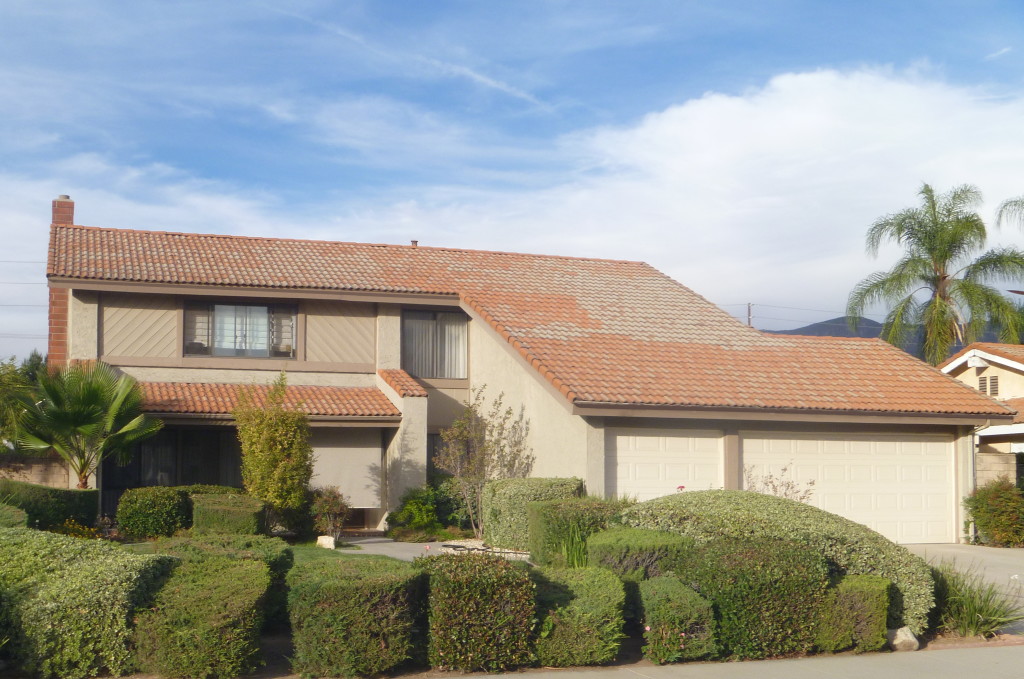
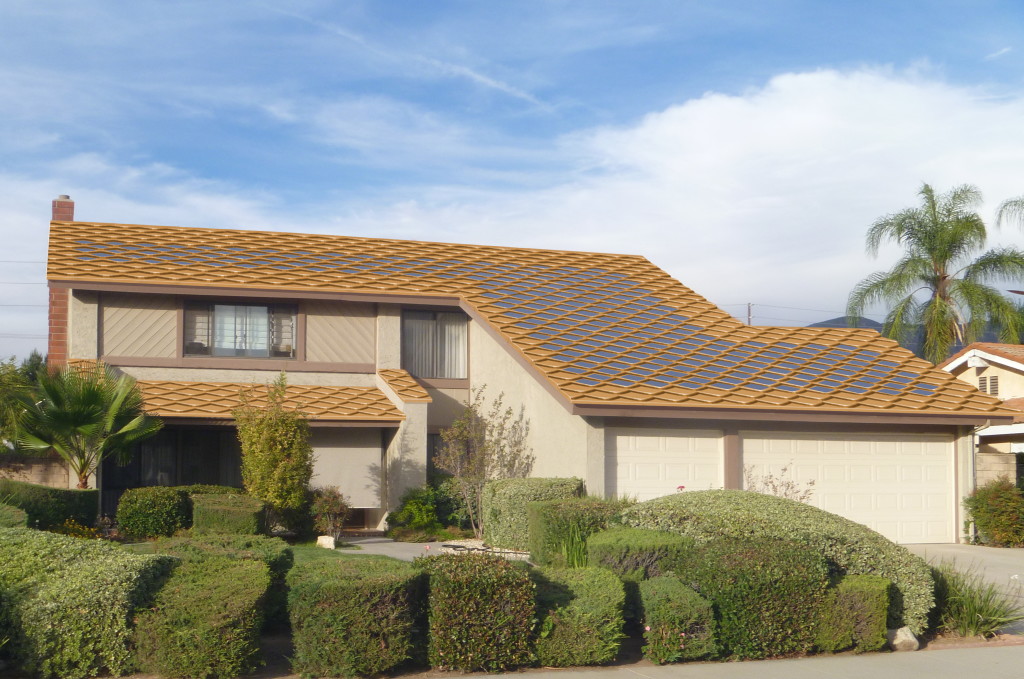
A roof is a major ongoing expense that, like a mortgage, must be dealt with. Buying a new roof is a decision with 15 to 60 year implications. A new solar system has a 25-35 year life expectancy. The decision to go solar provides increased savings every year as the electric utility rates rise. House values fluctuate depending on the life expectancy of the roof and solar. Making a bigger decision up front will add to the returns over time.
Kurt Kramer, Power Shield, Inc.
1. http://web.ornl.gov/sci/buildings/2012/2010%20B11%20papers/64_Miller.pdf

